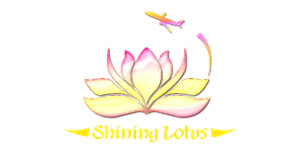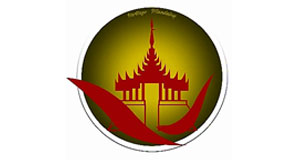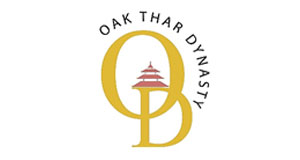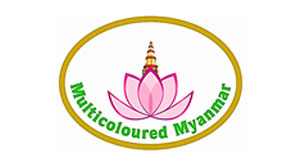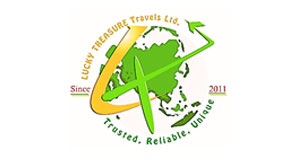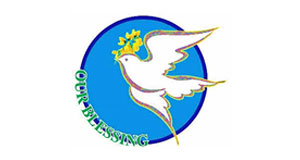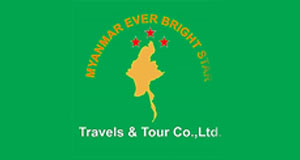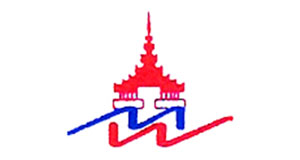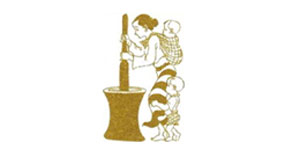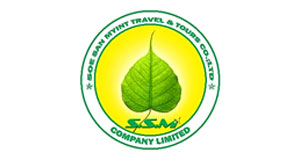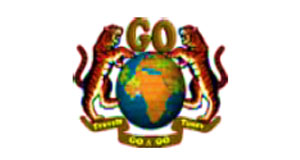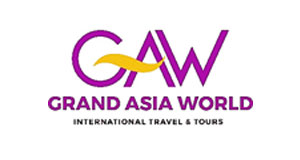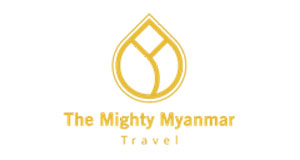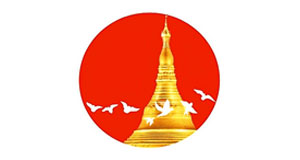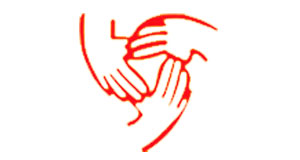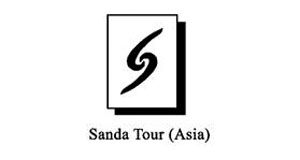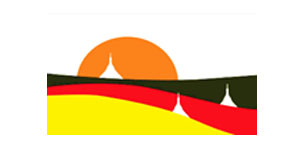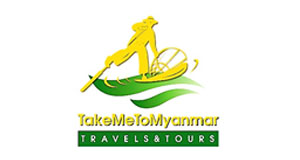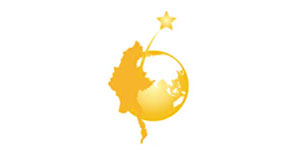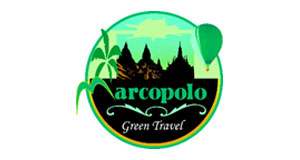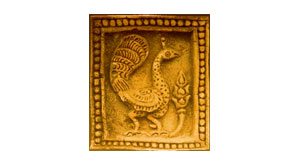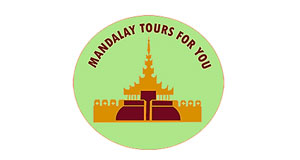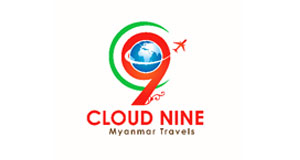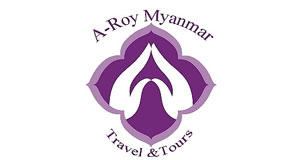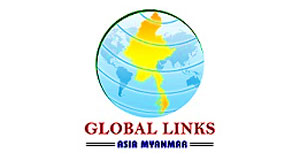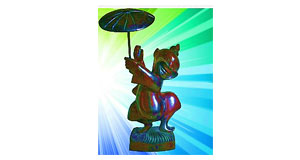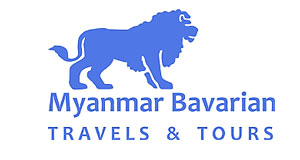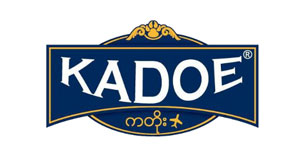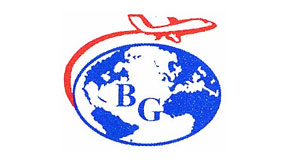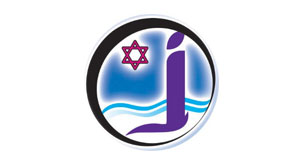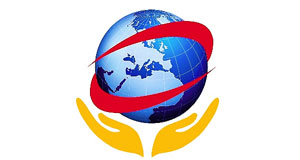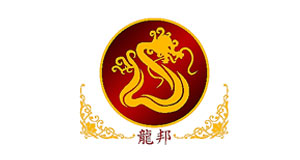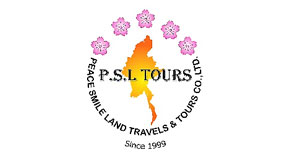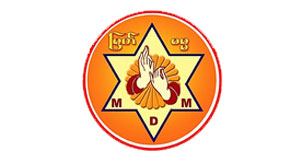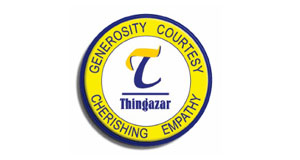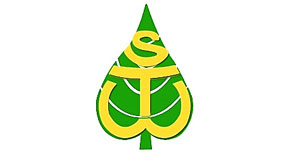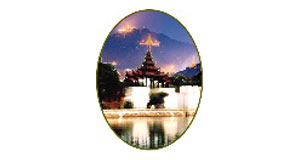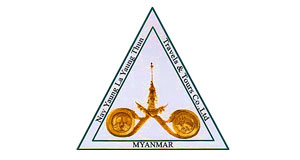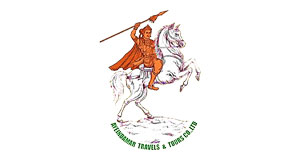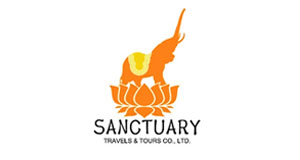The first known people to live in what is now Myanmar (formerly called Burma) were the Mon. They shared a culture with the Khmer, a people who lived in what is now Cambodia. The Mon moved into the Myanmar region as early as 3000 B.C. and settled near the mouths of the Thanlwin and Sittaung rivers. The peoples who came later migrated from an area in central Asia that is now southwestern China. The Pyu arrived in the A.D. 600's. The Bamars, Chin, Kachin, Karen, and Shan came during the 800's. Most of these peoples lived apart from one another and kept their own cultures.
In 1044, King Anawrahta, a Myanmar ruler, united the region and founded the First Myanmar Empire, that lasted nearly 250 years. The kingdom's capital, Bagan, lay on the Ayeyarwaddy (Irrawaddy) River in the central part of the country. The Myanmars adopted features of the Mon and Pyu cultures, including Theravada Buddhism. Mongol invaders led by Kublai Khan captured Bagan in 1287, shattering the kingdom.
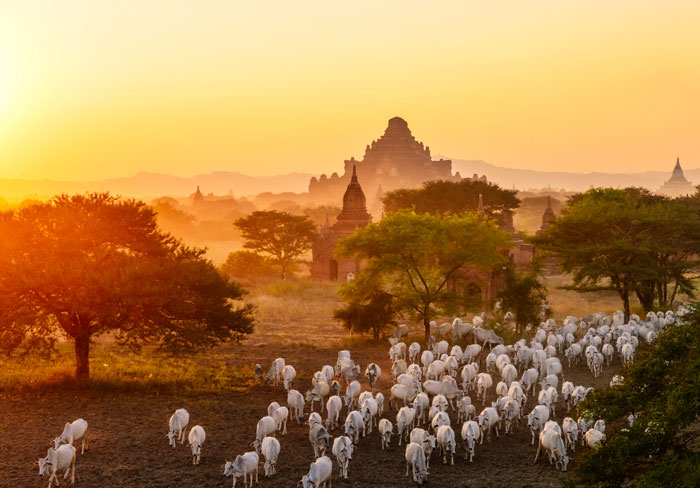
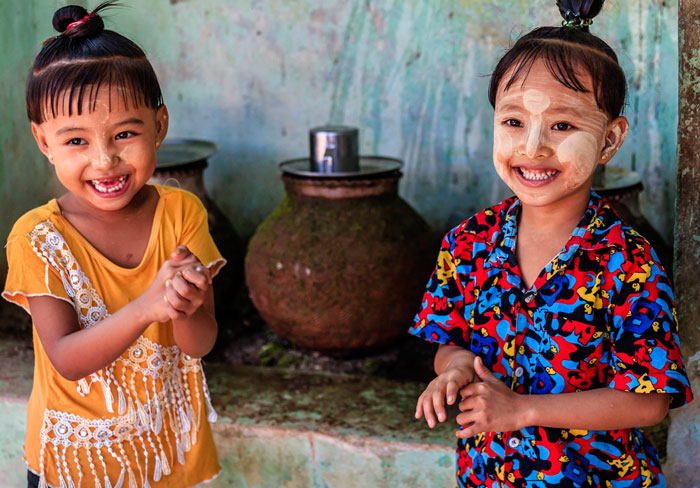
A new Myanmar kingdom arose as the Second Myanmar Empire founded by King Bayintnaung at Taungoo during the 1500's. It was brought down by a Mon rebellion in 1752. The Third and last Myanmar Empire was founded by king Alaungpaya after the Mon rebellion. Three wars with the British-triggered by Myanmar's resistance to Britain's commercial and territorial ambitions-led to the kingdom's collapse. The first war was fought from 1824 to 1826, the second in 1852, and the third in 1885. With these wars, the British gradually annexed the whole country to its empire and named the country Burma.
In 1942, Japan occupied Myanmar. Young Myanmar nationals formed Burma Independence Army with the help of the Japanese and drove the British out of Burma. Through the dislike of the Japanese rule, a group of Myanmar university students, led by General Aung San, formed a league called Anti-Fascist People's Freedom League (AFPFL) to fight the Japanese and they helped Britain and Allied powers regain Burma in 1945 and return to power. Because of the overwhelming role of the AFPFL, which had become a strong political party, and the struggle in various forms by the whole Burmese population against the administration, the British had to give Burma full independence on January 4, 1948.
The new Myanmar (Burmese) government, which was fought by some Communists and various ethnic groups, faced many problems, but the ruling party, AFPFL, won the elections landslide in 1951 and 1956. In 1958, however, there developed a split between the then Prime Minister U Nu's followers and another faction in AFPFL, which pushed the country to the brink of civil war. Upon the request of U Nu, General Ne Win set up an interim military government and restored order. He ruled until elections were held in 1960, in which U Nu's faction won a landslide victory and he regained his premiership. As he could no longer control the political and ethnic disputes, Ne Win seized the government in a bloodless take-over in March 1962 to hold Burma together. General Ne Win and his Revolutionary Council of military leaders, who wanted to transform Burma into a socialist nation, founded the Burma Socialist Programme Party and ruled the country until 1988, when large numbers of Burmese demonstrated against the government and called for an end to one-party rule.
The military had to take over the power since the whole country was in turmoil, and established the State Law and Order Restoration Council and allowed multiparty elections to take place in May 1990. The Council also changed the official name of the country from the Union of Burma to the Union of Myanmar. The Council opened the doors to the world and followed market-oriented economic policy. The military government was reorganized in 1997 and changed its name to the State Peace and Development Council.
The Land & Geography
The land was also known as Suvannabhumi, Golden Land- in ancient times, and today, with its rich natural resources and diversity of attractions, it still deserves to be called the Golden Land.
With a land area of 676, 577 sq.km., Myanmar is the largest country in the Southeast Asia region, bounded by mountain complex in the north, east and west, and enclosed by the Andamen Sea and the Bay of Bengal in the south, southwest, and west. Myanmar shares borders with Bangladesh, India, China, Laos and Thailand. Situated between latitudes 9. 30’ N and 28. 30’ N and between longitudes 92. 10’ E and 101. 10’ E the country stretches 2090 km north to south, and 925 km east to west and has a varied topography which includes islands, extensive rice plains, river valleys and forested hills and mountains.
It has a 2,832 km long coastline on the Indian Ocean. Myanmar's highest mountains, situated in the far north, include Hkakabo Razi, the tallest peak both locally and in the region, which rises 5,881 km above sea level. The two other mountain systems: a group of low mountains called the Rakhine Yoma stands in the west forming a border with the Indian Subcontinent, and the hilly Shan Plateau separates Myanmar from China, Laos and Thailand.
The central lowland region of Myanmar consists of the Ayeyarwaddy (Irrawaddy) and Sittaung river valleys. Ayeyarwaddy is the longest river in the country running for 2,010 km from the northern region to the Bay of Bengal, and serves as the principle transportation route and as the main source of water supply for the central dry zone.
People & Languages
Myanmar has a population of over 47 million with the Bamar, the majority race, making up about 70 percent. The other major national races consist of Kachin, Kayah, Kayin, Chin, Mon, Rakhine and Shan. Myanmar is a union of 135 ethnic groups with their own languages, dialects and culture. The overall population density is about 67 persons per sq km, one of the lowest in East Asia. The population is more than 75 percent rural, with almost half the urban population found in the three largest cities: Yangon (Rangoon), Mandalay and Mawlamyine. Communities of Chinese and Indian Muslim minorities dwell in large towns and cities in peaceful coexistence with the Myanmar nationals.
The official language is Myanmar, which is spoken by virtually all of Myanmar people, including large national races and non-Myanmar ethnic minorities though they have their own languages and dialects spoken only in their communities or in particular regions. English, being the second language, is widely spoken and understood among the educated urban population. Cantonese, Mandarin, Hindustani and Urdu are most common foreign languages spoken among Chinese and Indian immigrants.
Religion & Culture
Myanmar is predominantly a Buddhist country with the Buddhists making up about 80 percent of the population, following the school of Theravada Buddhism. There are also Christians, Muslims, Hindus and some animists. But it respects the freedom of belief and the people practice religious tolerance on other religions which is evident in the existence of religious buildings of different beliefs in large cities. Because the people are deeply pious, there is at least one pagoda or Buddha Image in every town or city, and even in large villages, so is there a Buddhist monastery. Religion plays so vital in a typical Myanmar Buddhist's life that his/her routine cannot be separated from Buddhist rituals. There is also a Buddhist lent on Myanmar calender which lasts for three months in the rainy season, approximately from July to October, during which fasting is preserved, marriages and moving home is usually put off.
Myanmar lies between two great civilizations, India and China, and is largely influenced by that of India, yet Myanmar has developed its own culture with distinctive characteristics. From India came the institutions of religion and government, but without the Indian caste system of social hierarchy. India was also the source of Pali, the sacred language, along with astrology and some kinds of food. For the majority of Myanmar's population, Buddhism is the center of individual life whereas the monastery is the center of the community. That is why, it is little wonder Myanmar culture is synonymous with Buddhist culture. Myanmar people try to live according to the basic five precepts of Buddhism in their daily activities.
The unique thing about Myanmar culture is that it is free from racial or sex discrimination from childbirth throughout the lifetime. Every one is entitled to equal rights, opportunity and treatment whether at work or at court. For much of Myanmar's history, women played a stronger role than in traditional Western societies. From early on they could own property and were independent in economic activities. Myanmar women enjoy the same status with their male counterparts and do not necessarily have to keep their surnames.
Public Holidays
Communications & Transport












